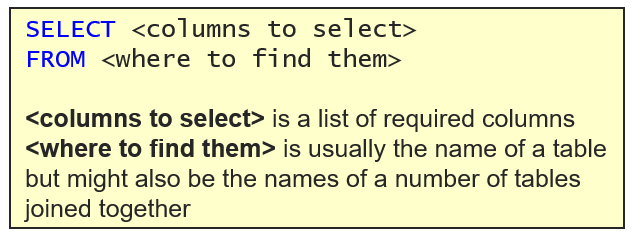SQL: Cannot drop the database because it is being used for replication
If you go to drop a database, and you’re told you can’t because it’s being used for replication, you might be a little confused. For example, if you check your publications and subscriptions, you might see this:

Given there aren’t any, how could the database be being used for replication? Well, each database has a property that indicates if it’s enabled for replication, even if there aren’t any publications. That’s what’s stopping you from dropping the database.
2019-04-04

